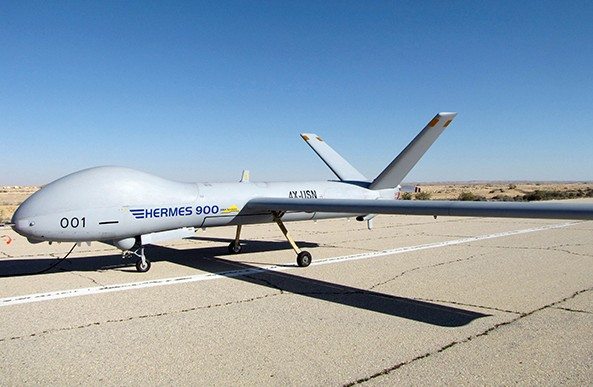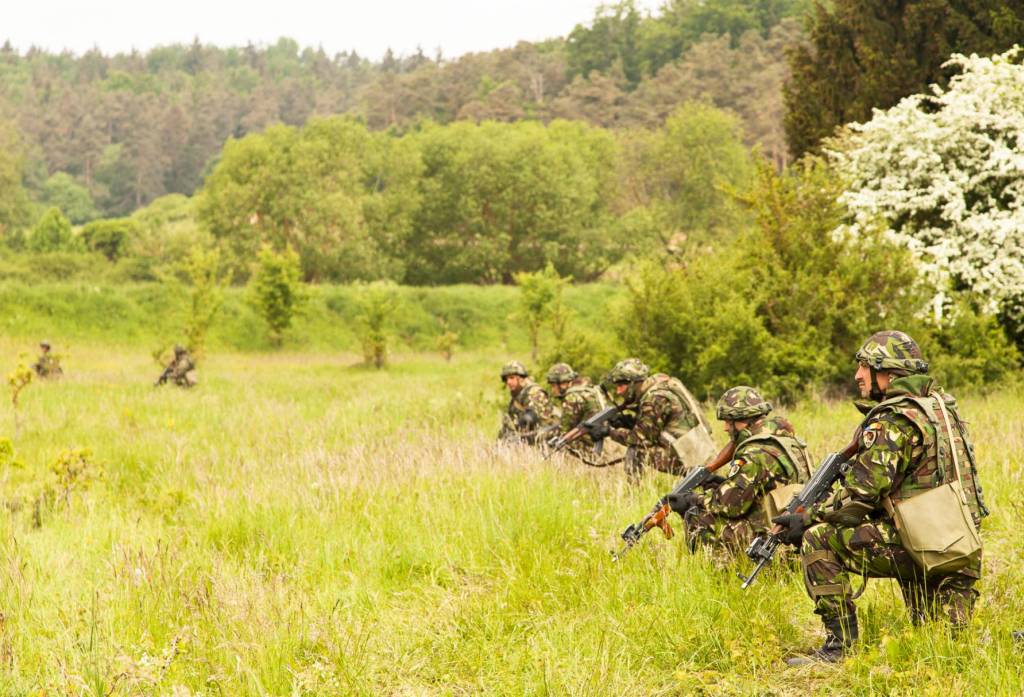The IAF has been operating UAVs (Unmanned Aerial Vehicles) and the future holds a rich variety of developments. Two thirds of IAF’s aerial force will become unmanned in the next years
During Operation “Protective Edge” last summer, IAF’s UAVs conducted over 20,000 flight hours, more than in any other campaign. There are two main reasons for that fact: the extended fighting time on one hand and the increase in missions unique to UAVs such as directing forces from air and intelligence gathering.
The unmanned aerial vehicles are no secondary fighting force, but an inseparable part of combat. In the next years the force will continue to add new platforms to its ranks (like the “Hermes 900” that is being absorbed in the force these very days) and execute new missions which can perhaps be revealed in a decade or two.
“At a long-term perspective, it is clear that the ratio between the use UAVs and manned vehicles will change dramatically”, noted Brigadier General A, Head of UAV and intelligence, at a UAV conference held this week in Palmachim Airbase.
The conference presented the main challenges faced by the IAF Technical Division in modern days, trends and innovations in the maintenance and debriefing field, main challenges of recent year and predicted developments on the part of the division.
In addition, the conference provided a platform for the field and headquarters officials to share knowledge and ideas and presented the participants with a very wide picture of the activity in the force and in Israel’s Defense Industries which displayed the main development direction in the world of UAVs. A current intelligence status was also presented by IAF Head of Intelligence Division.
New UAV Monitoring Center
Meanwhile inside the IAF, a new real-time UAV data analyzing and monitoring center is scheduled to be opened in the near future. The center, called “HelpDesk”, will assemble current technical data regarding the UAVs in the air, allowing swift identification of problems and prevention of possible malfunctions in advance.
Another technological platform that enters service in the IAF these days will be used for monitoring the condition of the vehicle body, locating cracks, bending and other structural faults.
“The force is establishing itself as a central part of IDF’s and IAF’s operational activity”, said Brigadier General A. “The progress rate in all aspects is highly impressive and keeps on challenging the IAF’s Technical Division. We must preserve high maintenance standard and think ahead as far as possible. Our excellent division allows us to provide the IAF with flexible, effective and relatively inexpensive solutions, constantly improving the capabilities of the force.
“This conference is a great opportunity to honor the people who work night and day to support the operational activity of the force and enhance this wonderful division”.











